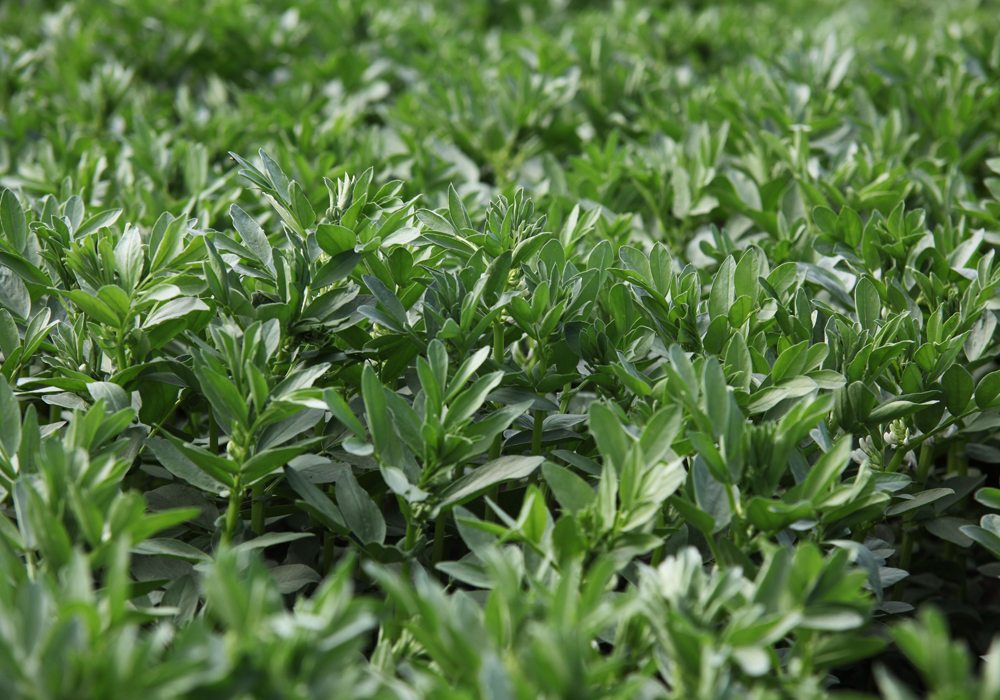Winnipeg (CNS Canada) – While Statistics Canada is predicting a drop in faba bean acres this year, an agronomist with Saskatchewan Pulse Growers is hoping that isn’t the case.
“We had about 50,000 acres for the last three years here in Saskatchewan. And we’re thinking that we’ll be maybe slightly below that,” said Sherrilyn Phelps, agronomy manager with Saskatchewan Pulse Growers.
Statistics Canada is predicting faba bean acres to drop this year to 82,500 aces from 95,000 acres, according to its principal field crop areas report released April 27. In Saskatchewan, acres are predicted to fall to 37,500 acres from 60,000 acres, while faba bean acres in Alberta are predicted to rise to 45,000 acres, from 35,000 acres.
Read Also

Farming Smarter receives financial boost from Alberta government for potato research
Farming Smarter near Lethbridge got a boost to its research equipment, thanks to the Alberta government’s increase in funding for research associations.
Phelps is hoping to see closer to 50,000 acres planted in Saskatchewan, but it will depend on the spring weather. Growers in the northeast region, which is wetter and therefore better suited for faba beans, have been able to start seeding, which is ahead of schedule compared to year’s past.
“Moisture in a large part of the province is a bit limited, but in the areas where you would typically see more suitability for faba beans they are sitting OK. And areas like the northeast they’re starting to go in,” she said.
Faba beans are mostly sold for animal feed as they have a higher protein level than other pulse crops used for feed grains such as yellow peas. However faba beans have had trouble catching on as a main source of animal feed due to acres fluctuating too much year-to-year to make for a consistent supply.
A feed grain marketing company contacted by Commodity News Service Canada said they do buy faba beans for feed, but not regularly.
Phelps said there has been interest from companies trying to sell faba beans for alternative uses such as fractionation and fish feed.
“Those aren’t really developed yet. So if we can maintain some faba bean acres over the next couple of years, hopefully it will drive further development on the marketing side,” she said.
Prices for faba beans have also been flat lately; however the feed benchmark price has been on the rise, according to information from the Alberta Pulse Growers and Saskatchewan Pulse Growers. The feed benchmark price is an estimate of the feed value of faba beans in Western Canada, based on the price of competing feed ingredients.
In central Alberta the faba bean feed benchmark price is currently at C$399.99 per tonne, C$398.90 per tonne in central Saskatchewan and C$349.90 per tonne in southern Manitoba. At the start of January, it was at C$261.03 per tonne in central Alberta, C$283.05 in central Saskatchewan and C$256.38 in southern Manitoba.
Faba bean prices for producers however haven’t seen as much movement. According to the Prairie Ag Hotwire, faba beans have been between the C$5.50 per bushel to C$6.50 per bushel range for the last year in Western Canada.

















